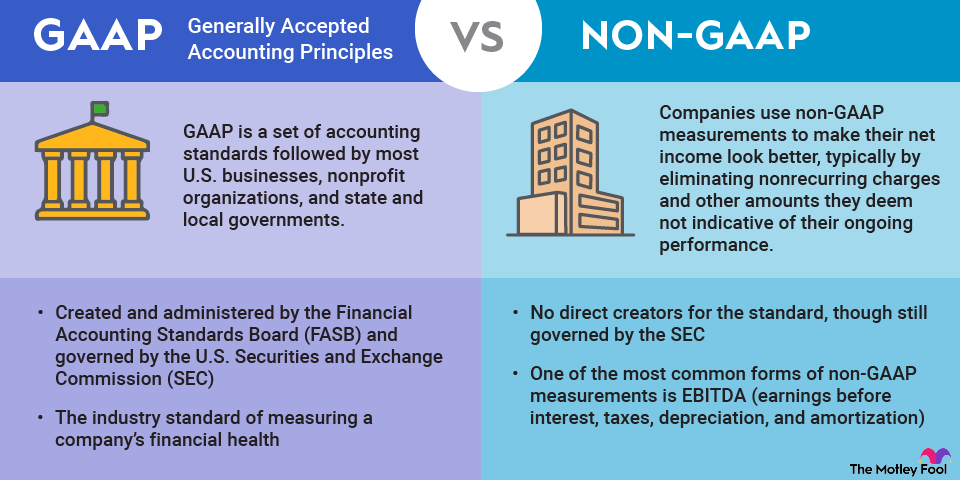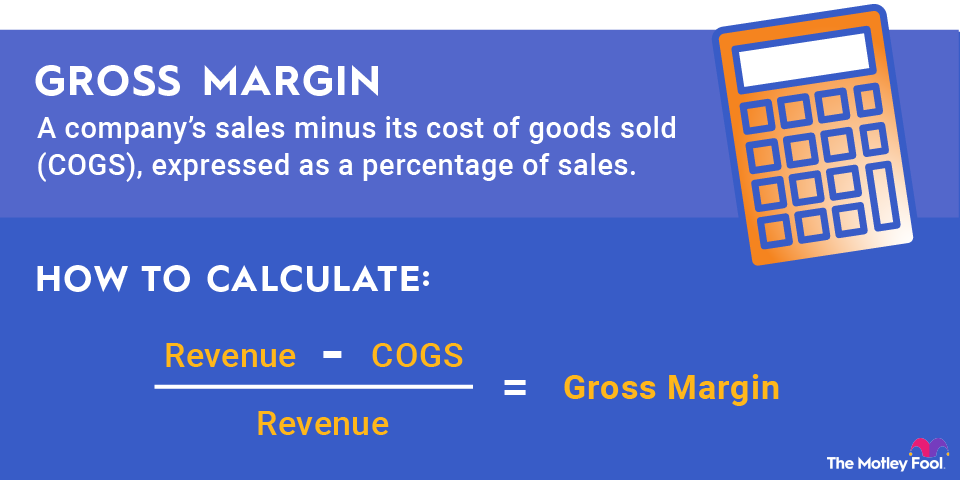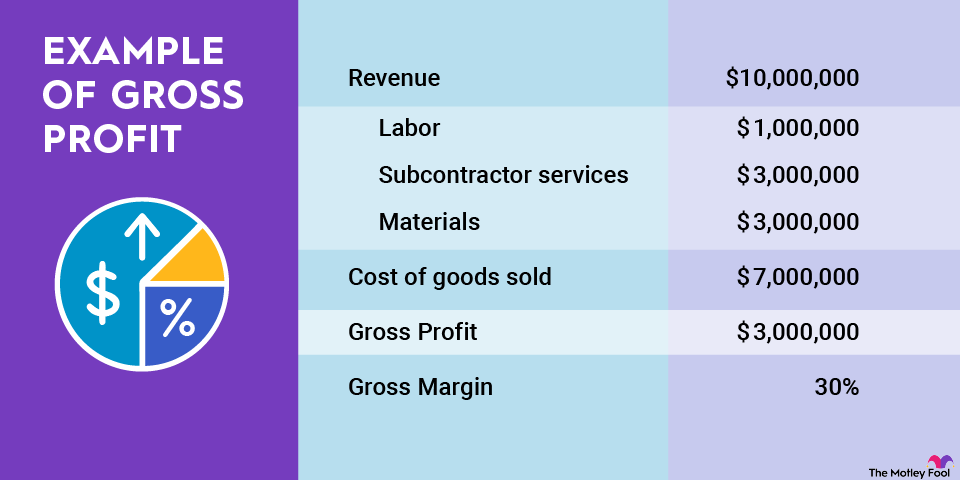An expense ratio tells you the percentage of your investment that’s going toward fees. But if you’ve ever examined the prospectus of a mutual fund or exchange-traded fund (ETF), you may have noticed two different expense ratios: the gross expense ratio and the net expense ratio. In this article, we’ll break down the difference between the two numbers.

Gross expense ratio vs. net expense ratio
A fund’s expense ratio is the percentage of your investment that goes toward fees. The gross expense ratio is the total cost of all fees that the fund charges, including management fees, administrative fees, and advertising fees (otherwise known as 12b-1 fees). The net expense ratio is the percentage you pay in fees after any discounts or fee waivers have been applied.
Often, gross expense ratio and net expense ratio are the same. Although net expense ratio reflects what you’re actually paying, note that fee waivers are often temporary. They’re commonly used to generate interest in new funds. Because the gross expense ratio is the amount you could be paying, it’s important to be aware of this number as well.
To calculate the expense ratio, divide the management fees by the investment in the fund. Usually, you won’t need to calculate this number, though, because you can find it on the fund’s fact sheet. A 1% expense ratio would mean that you pay $10 in fees for every $1,000 you invest. If that same fund has a 1% gross expense ratio and a 0.75% net expense ratio, it means that 0.25% of the fund’s assets are going toward fee reimbursements, waivers, and rebates.
Whether you’re looking at the gross expense ratio or the net expense ratio, you want that number to be as low as possible.
What is a good gross expense ratio?
Whether you’re looking at the gross expense ratio or the net expense ratio, you want that number to be as low as possible. When you pay more in fees, less of your money ultimately gets invested.
Mutual funds, which tend to be actively managed, typically have higher expense ratios than ETFs, which are mostly passive investments that track a benchmark index. That active management comes at a price, which is why mutual funds usually have higher expense ratios than ETFs. In 2021, actively managed equity mutual funds had an average 0.68% expense ratio compared with 0.16% for passively managed ETFs, according to the Investment Company Institute.
However, many major ETFs have a gross expense ratio below 0.1%. In late 2018, Fidelity even unveiled four index funds with 0% gross expense ratios and no minimum investment.
Let’s look at how that would play out for a $10,000 investment. Because the net expense ratio is 0.00%, your full $10,000 would get invested in the stock market. You wouldn’t spend a cent on investment fees. But if the fee waiver ends, you’d pay $19 in management fees on a $10,000 investment since the gross expense ratio is 0.19%.

















